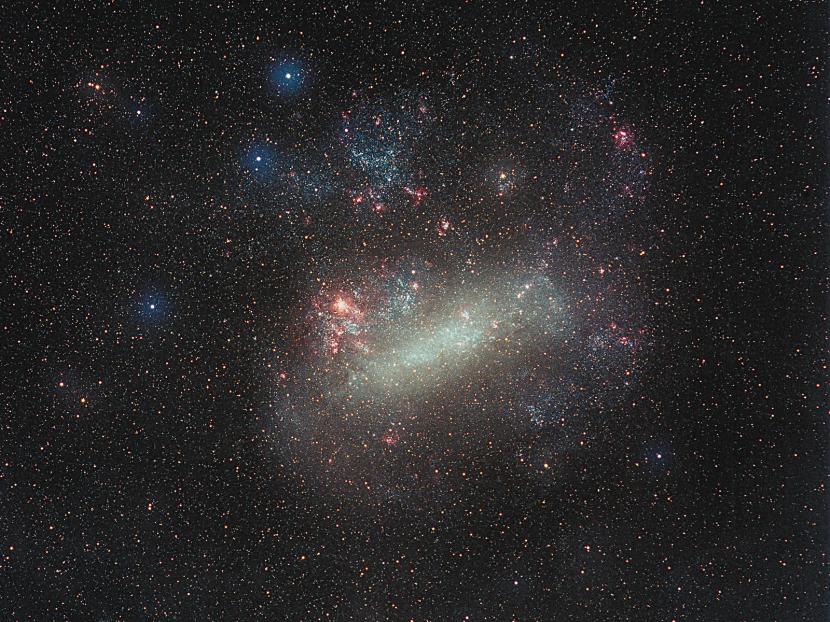REPUBLIKA.CO.ID, JAKARTA — The Hubble Space Telescope succeeded in capturing the appearance globular cluster which is located in the satellite galaxy of the Milky Way, namely the Large Magellanic Cloud (LMC). This globular cluster looks unique because it looks like a giant snowball.
The discovery of this globular cluster is also even more interesting because it coincides with the Christmas celebration which is usually synonymous with the moment of snowfall or white Christmas. This globular cluster has the name NGC 2210 and is located about 158,000 light years from Earth.
A globular cluster is a collection of stars that have a ball-like shape. Globular clusters can consist of tens of thousands to millions of stars, as reported ESA Hubble. Stars in globular clusters are generally old stars with a redder color than stars in open or open clusters open cluster.
NGC 2210 is the first globular cluster whose complete appearance was captured by the Hubble Space Telescope, since this telescope was launched in 1990. According to astronauts’ predictions, NGC 2210 is around 11.6 billion years old.
This means that NGC 2210 is almost the same age as other globular clusters in the LMC. NGC 2210 also has the same age as the oldest globular cluster located in the halo of the Milky Way galaxy.
NGC 2210 is one of the youngest globular clusters in the LMC ever discovered by astronomers. Even so, NGC 2210 is only about 2.2 billion years older than the universe.
In fact, NGC 2210 was first detected in 2017. However, astronomers have only been able to produce images or displays of NGC 2210 now by utilizing various data obtained by the Hubble Space Telescope.
Not only NGC 2210, astronomers also discovered a number of other clusters while making observations. Not a few of these globular clusters are older than NGC 2210.
The four globular clusters discovered by astronomers, for example, are predicted to be more than 13 billion years old. This means that these various globular clusters formed only a few hundred million years after the Big Bang.
Astronomers have revealed that globular clusters can live very long because they have very strong gravitational bonds, as reported Space on Tuesday (26/12/23). These strong gravitational bonds make globular clusters very stable.
The fact that NGC 2210 and other globular clusters in the LMC have a similar age to globular clusters in the Milky Way is also quite fascinating to astronomers. This fact indicates that the globular clusters in the LMC and the Milky Way formed at the same time, even though the Milky Way and LMC galaxies were born separately.
2023-12-26 13:42:09
#Hubble #Telescope #Captures #Appearance #SnowballLike #Collection #Stars #Republika #Online


